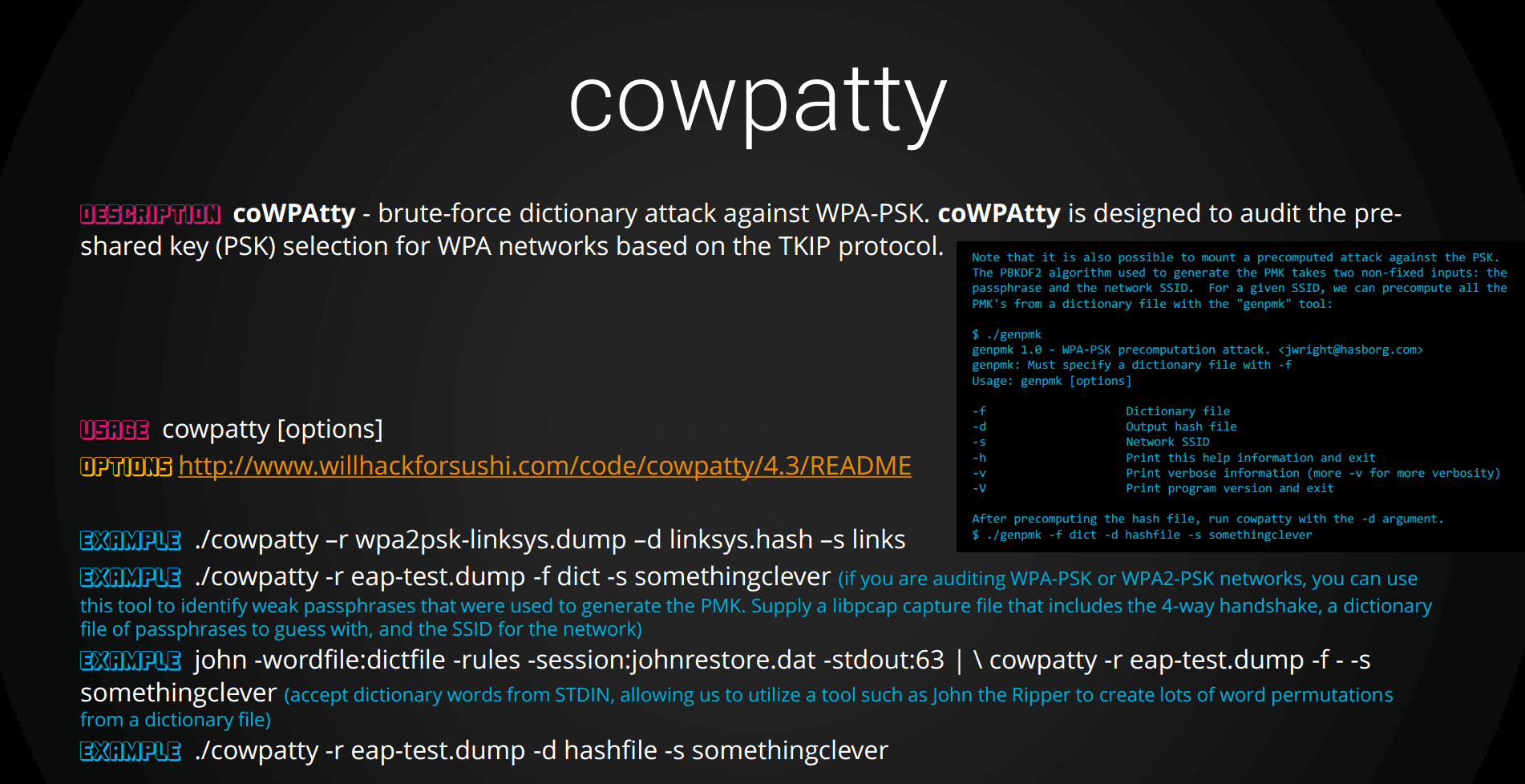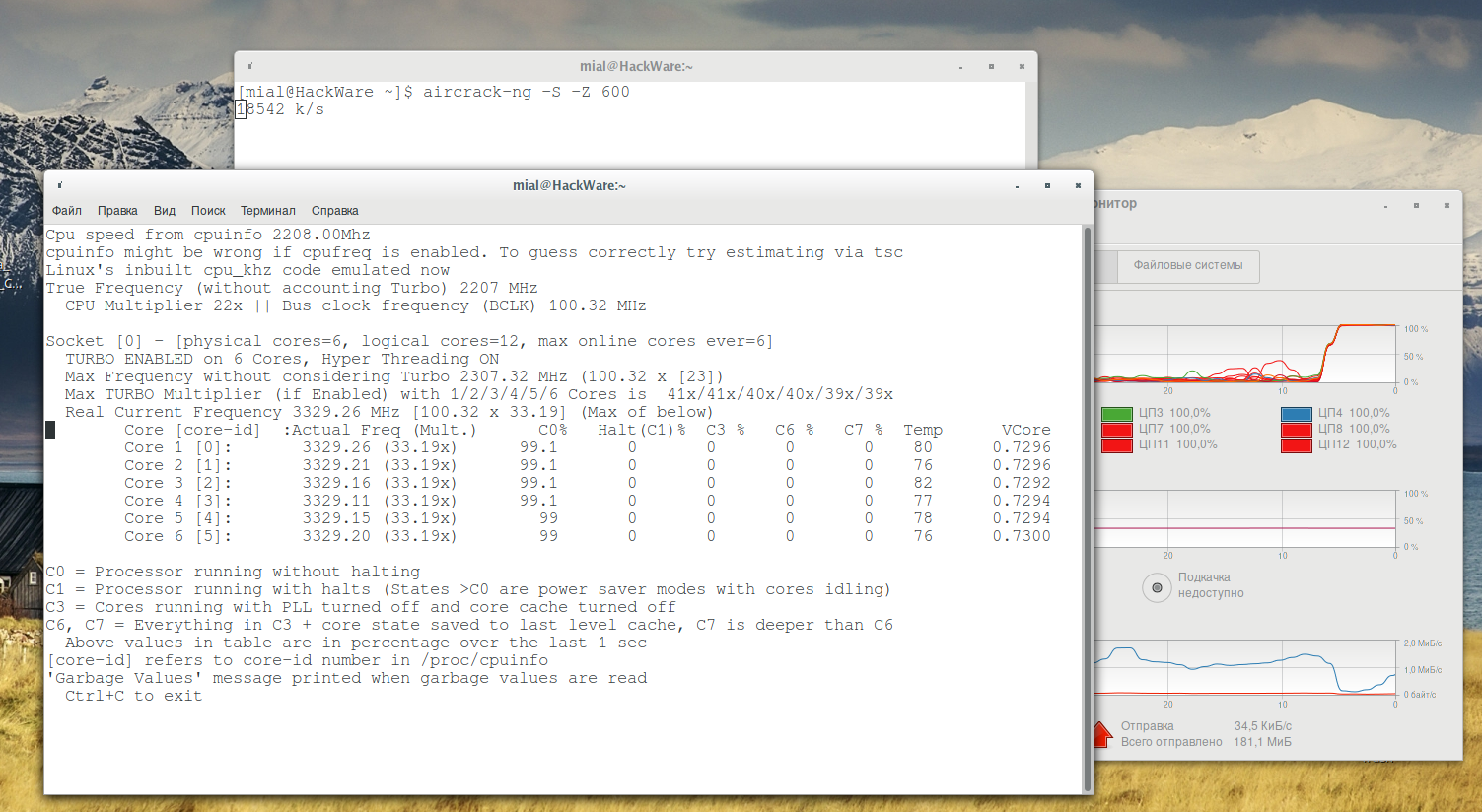

- #How does wpa2 hash drivers#
- #How does wpa2 hash software#
- #How does wpa2 hash code#
- #How does wpa2 hash password#
The derived key will appear in the form as a sequence of 64 hexadecimal digits. Make sure that you don't accidentally type space characters before/after the string. The form below demonstrates this calculation for any given input.Įnter the network SSID string (at most 32 alphanumeric characters) and the passphrase (at least 8 and at most 63 ASCII characters) in the form above and click Calculate.
#How does wpa2 hash software#
This page explains how WPA software computes the hexadecimal key from the passphrase and the network SSID. It is therefore occasionally useful to be able to calculate the 64-digit hexadecimal key that correspons to a given passphrase. However, some software also allows the key to be entered directly in the form of 64 hexadecimal digits.
#How does wpa2 hash drivers#
Most wireless drivers accept the passphrase as a string of at most 63 characters, and internally convert the passphrase to a 256-bit key. Print ("Pairwise Master Key: " + PBKDF2(phrase, ssid, 4096).read(32).WPA key calculation From passphrase to hexadecimal keyĪ wireless network with WPA-PSK encryption requires a passphrase (the pre-shared key) to be entered to get access to the network.

The AP creates PTK and sends the GTK, along with a sequence number together and an MIC.
#How does wpa2 hash code#

Within PSK, the PSK is defined with the PMK, but within EAPOL, the PMK is derived from EAP parameters. This uses PBKDF2-SHA1 as a hashing method, as the PBKDF2 part makes difficult to crack the hash (as there are a number of rounds used to slow down the hashing process). After this phase a shared secret key is created, and is known as the Pairwise Master Key (PMK). The EAPOL exchange requires the usage of an authentication server. In the initial authentication we the client will either use pre-shared key (PSK), or use an EAP exchange through 802.1X (EAPOL).
#How does wpa2 hash password#
Within WPA-2 we aim to create an initial pairing between the client and the access point, and then to identify them without giving away the password which has been used.


 0 kommentar(er)
0 kommentar(er)
